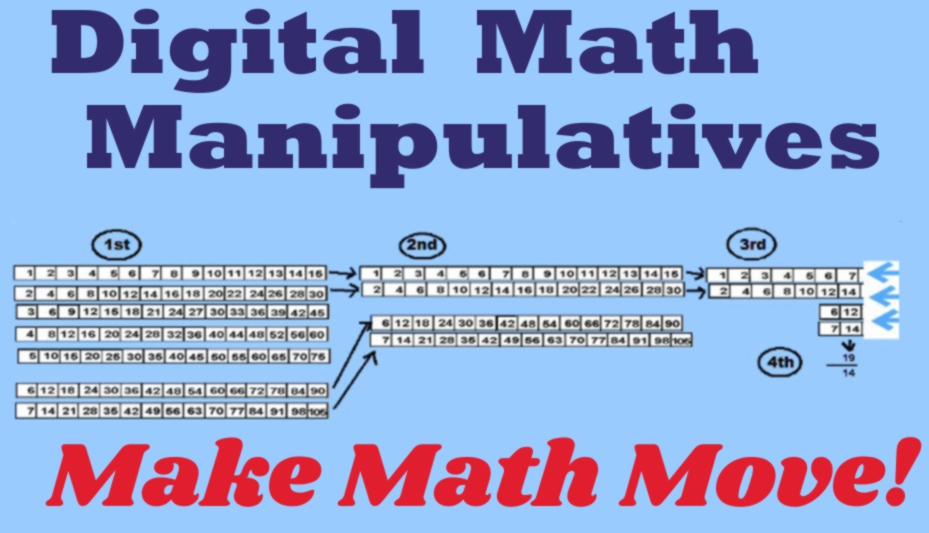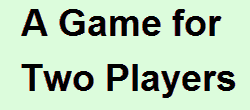Make/Print the Materials or Use the Digital Manipulative
"Multiply by zero." "Use the opposite." "Add the opposite." "Use the reciprocal." "Use the opposite." "Multiply by the opposite." "Add the opposite." "Multiply by the reciprocal." "Reverse the digits of your number." "Move to the next prime number." "Divide by the number you're on." "Triple your number." "Double your number," "Move to the next multiple of 4." "Move to the next multiple of 5." "Move to the next multiple of 6." "Move to the next multiple of 10." "Move to the next multiple of 12." "Square your number." "Cube your number." "Multiply by 2." "Multiply by 3." "Multiply by 4." "Multiply by 5." "Multiply by 6." "Divide by 1." "Divide by 2." "Divide by 3." "Divide by 4." "Divide by 5." "Divide by 6." "Decrease by 1." "Decrease by 2." "Decrease by 3." "Decrease by 4." "Decrease by 5." "Decrease by 6." "Decrease by 10." "Decrease by 12." "Decrease by 16." "Increase by 2." "Increase by 3." "Increase by 4." "Increase by 5. "Increase by 10." "Increase by 12. |
| History of This Game This game was created by Agnes Azzolino and Ronald E. Ruemmler and first published in NCTM Arithmetic Teacher, Vol. 32, No. 2, 10/84. Before 2005, the game and cards, board, rules were posted on mathnstuff.com. In 2008, the digital manipulative was posted at mathnstuff.com/papers/games/42.xls. In 2023, the video was produced. |


| ![[MC,i. Home, site home page]](http://www.mathnstuff.com/math/spoken/here/1gif/mcihome.gif)
![[master list of all MSH! dictionary words]](http://www.mathnstuff.com/math/spoken/here/1gif/words.gif)

![[Good Stuff -- free & valuable resources]](http://www.mathnstuff.com/gif/goods.gif)
![[this semester's schedule w/links]](http://www.mathnstuff.com/gif/semestr.gif)
|
